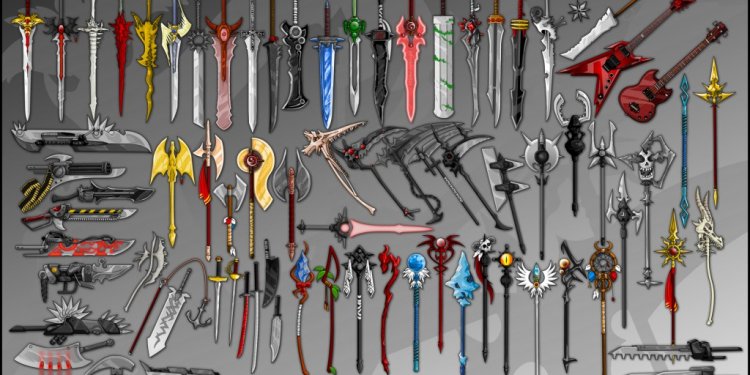
Neverwinter Nights Weapons
>Two handed style Great axe
>and Great sword deal fairly equal damage (axe 1d12, sword 2d6) but axe
>has x3 criticals vs. x2 of the sword.
>
A very basic point, but a single die damage roll (1dx) is more likely to
deliver extremes, high and low, while two dice (2dx) will give a more
reliable average damage.
It works out like this:
1d12 - Max=12 Min=1 Avg=6.5. Same chance of getting a
1, 2, 3, 4, 5, 6, 7, 8, 9, 10, 11 or 12. (1/12th chance.)
2d6 - Max=12 Min=2 Avg=7. Weighted towards midrange damage. 1/36th chance of
a 2 or 12, increasing to 1/6th for an average 7.
Whats interesting about this is that often you meet "damage resistant"
targets, which work differently depending which shape curve you have.
For no damage reduction, the 2d6 range averages slightly more damage.
But as damage reduction climbs, the 2d6 range drops faster than the 1d12
range:
Here's the average total damage done in 36 hits, as damage resistance
goes up
Penalty:2d6:2d12
-0: 252: 234
-1: 216: 198
-2: 180: 165
-3: 145: 135
-4: 112: 108
-5: 82: 84
-6: 56: 63
-7: 35: 45
-8: 20: 30
-9: 10: 18
-10: 4: 9
-11: 1: 3
-12: 0: 0
This is because when damage reduction takes you to below 0 damage, you
don't heal your target, you just do nothing. Thus, if the DR is over 5,
the 1d12 weapon will tend to do more damage
If you have an effect that only goes off if it actually damages your
target past his DR, then you see a similar same effect; here's number of
hits in 36, on average:
Penalty:2d6:2d12
-0: 36: 36
-1: 36: 33
-2: 35: 30
-3: 33: 27
-4: 30: 24
-5: 26: 21
-6: 21: 18
-7: 15: 15
-8: 10: 12
-9: 6: 9
-10: 3: 6
-11: 1: 3
-12: 0: 0
So now the 2d6 weapon has the edge up to an 8 DR... but if the DR is
that high or higher a 1d12 weapon hits more often.
For the above, you have to subtract any bonus to damage from the DR, but
apply any multiple of damage to the derived figure (ignore




















